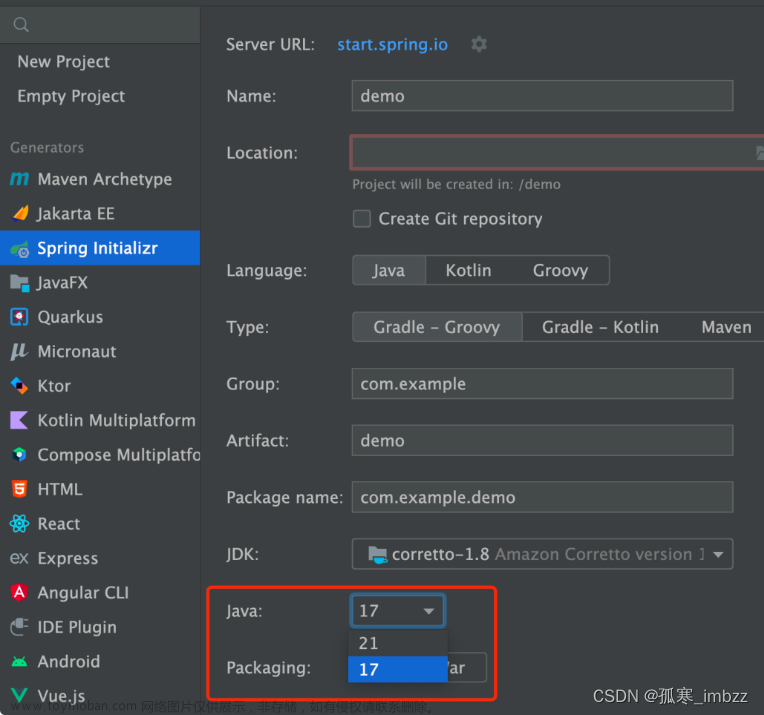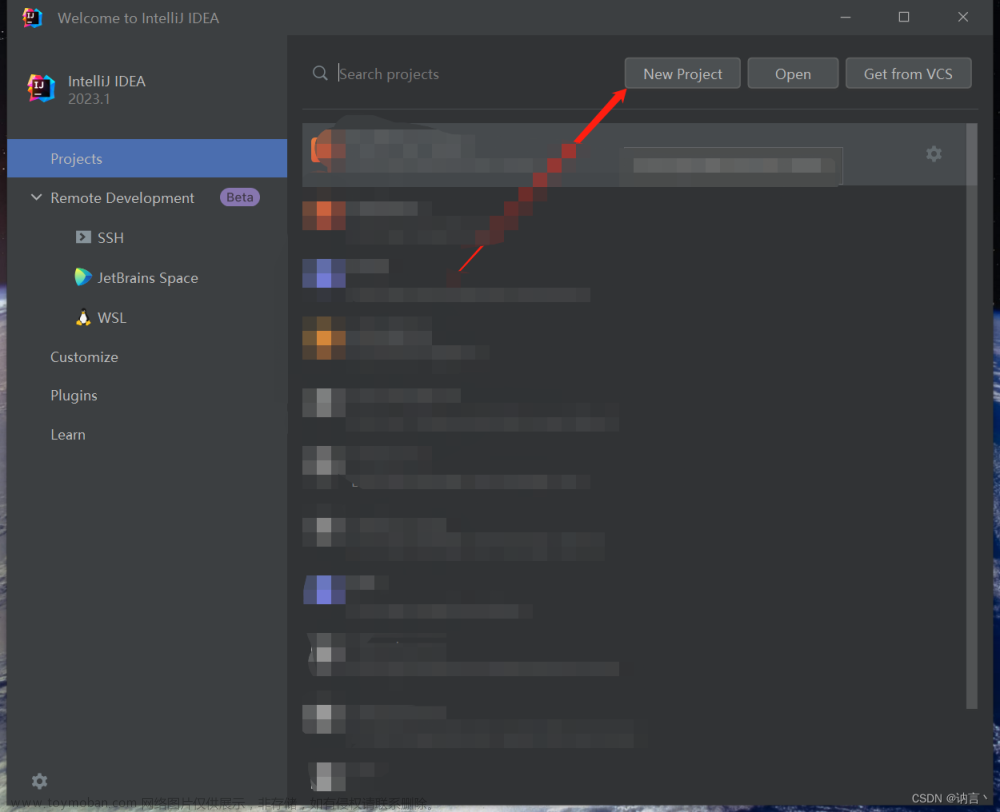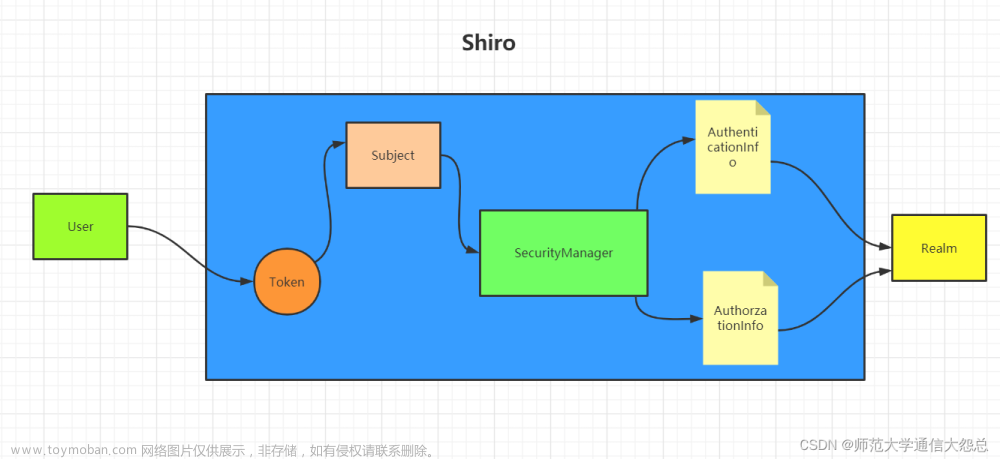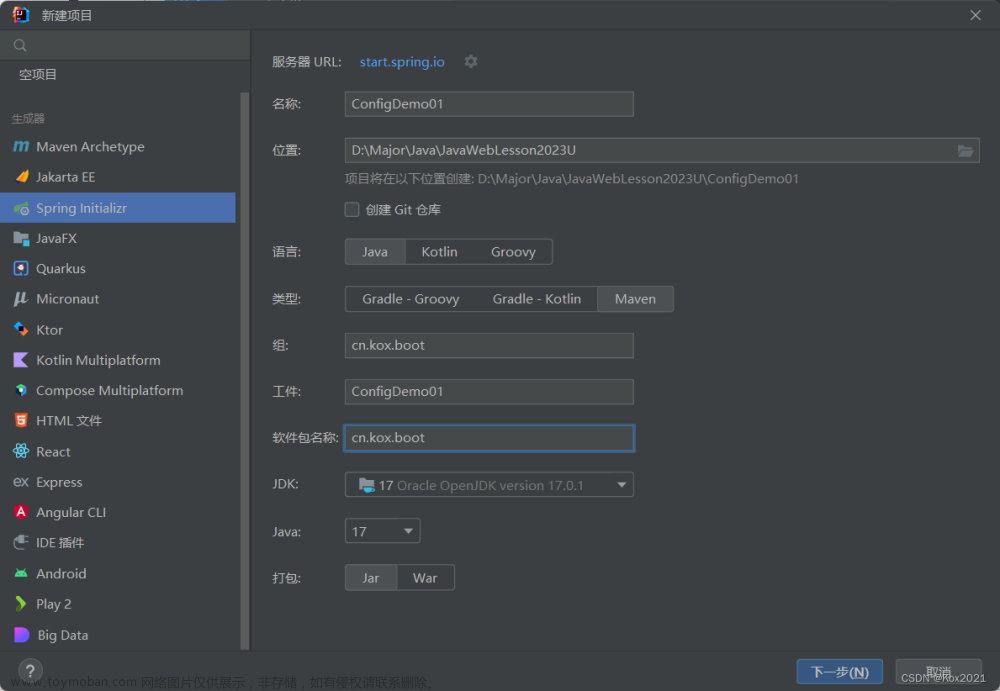The Spring Framework provides extensive support for integrating with messaging systems, from simplified use of the JMS API using JmsTemplate to a complete infrastructure to receive messages asynchronously. Spring AMQP provides a similar feature set for the Advanced Message Queuing Protocol. Spring Boot also provides auto-configuration options for RabbitTemplate and RabbitMQ. Spring WebSocket natively includes support for STOMP messaging, and Spring Boot has support for that through starters and a small amount of auto-configuration. Spring Boot also has support for Apache Kafka.
AMQP
The Advanced Message Queuing Protocol (AMQP) is a platform-neutral, wire-level protocol for message-oriented middleware. Spring Boot offers several conveniences for working with AMQP through RabbitMQ, including the spring-boot-starter-amqp “Starter”.
RabbitMQ
spring.rabbitmq.host=localhost
spring.rabbitmq.port=5672
spring.rabbitmq.username=admin
spring.rabbitmq.password=secretspring.rabbitmq.addresses=amqp://admin:secret@localhostSending a Message
import org.springframework.amqp.core.AmqpAdmin;
import org.springframework.amqp.core.AmqpTemplate;
import org.springframework.stereotype.Component;
@Component
public class MyBean {
private final AmqpAdmin amqpAdmin;
private final AmqpTemplate amqpTemplate;
public MyBean(AmqpAdmin amqpAdmin, AmqpTemplate amqpTemplate) {
this.amqpAdmin = amqpAdmin;
this.amqpTemplate = amqpTemplate;
}
public void someMethod() {
this.amqpAdmin.getQueueInfo("someQueue");
}
public void someOtherMethod() {
this.amqpTemplate.convertAndSend("hello");
}
}Sending a Message To A Stream
spring.rabbitmq.stream.name=my-streamReceiving a Message
import org.springframework.amqp.rabbit.annotation.RabbitListener;
import org.springframework.stereotype.Component;
@Component
public class MyBean {
@RabbitListener(queues = "someQueue")
public void processMessage(String content) {
// ...
}
}Apache Kafka
spring.kafka.bootstrap-servers=localhost:9092
spring.kafka.consumer.group-id=myGroupSending a Message
import org.springframework.kafka.core.KafkaTemplate;
import org.springframework.stereotype.Component;
@Component
public class MyBean {
private final KafkaTemplate<String, String> kafkaTemplate;
public MyBean(KafkaTemplate<String, String> kafkaTemplate) {
this.kafkaTemplate = kafkaTemplate;
}
public void someMethod() {
this.kafkaTemplate.send("someTopic", "Hello");
}
}Receiving a Message
import org.springframework.kafka.annotation.KafkaListener;
import org.springframework.stereotype.Component;
@Component
public class MyBean {
@KafkaListener(topics = "someTopic")
public void processMessage(String content) {
// ...
}
}WebSockets
Spring Boot provides WebSockets auto-configuration for embedded Tomcat, Jetty, and Undertow. If you deploy a war file to a standalone container, Spring Boot assumes that the container is responsible for the configuration of its WebSocket support.
参考资料:文章来源:https://www.toymoban.com/news/detail-588937.html
https://docs.spring.io/spring-boot/docs/current/reference/htmlsingle/#messaging文章来源地址https://www.toymoban.com/news/detail-588937.html
到了这里,关于SpringBoot官方笔记6消息的文章就介绍完了。如果您还想了解更多内容,请在右上角搜索TOY模板网以前的文章或继续浏览下面的相关文章,希望大家以后多多支持TOY模板网!











